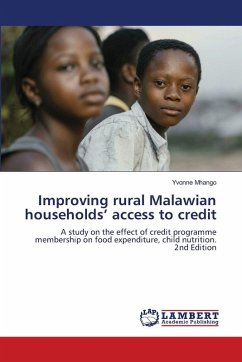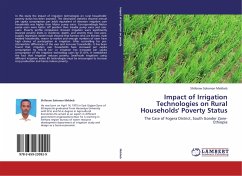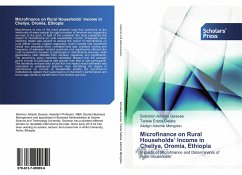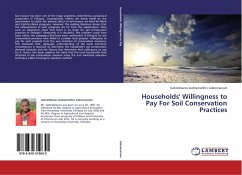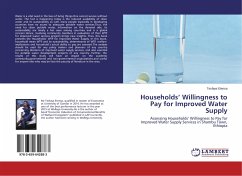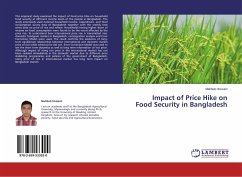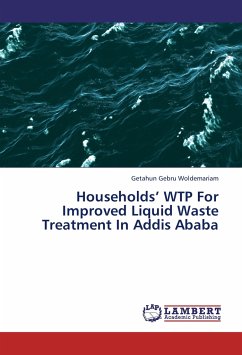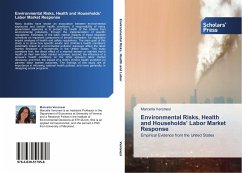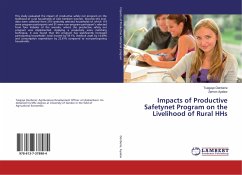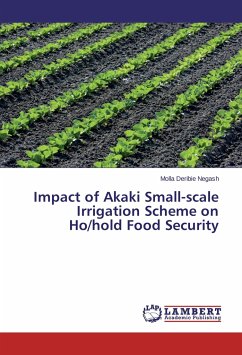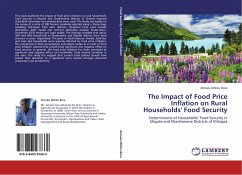
The Impact of Food Price Inflation on Rural Households' Food Security
Determinants of Households' Food Security in Moyale and Shashemene Districts of Ethiopia
Versandkostenfrei!
Versandfertig in 6-10 Tagen
39,99 €
inkl. MwSt.

PAYBACK Punkte
20 °P sammeln!
This study examined the impact of food price inflation on rural households food security in Moyale and Shashemene districts of Oromia regional state.Both secondary and primary data were used. The study was based on the survey of a total of 200 farmers randomly selected using a three-stage sampling technique from each districts. Analytical tools used include descriptive, AIDS model and nutrient elasticities analysis, Foster-Greer-Thorbecke (FGT) model and Logit model. The findings revealed that about 36% and 48% households in Shashemene and Moyale districts were food insecure or poor, respectiv...
This study examined the impact of food price inflation on rural households food security in Moyale and Shashemene districts of Oromia regional state.Both secondary and primary data were used. The study was based on the survey of a total of 200 farmers randomly selected using a three-stage sampling technique from each districts. Analytical tools used include descriptive, AIDS model and nutrient elasticities analysis, Foster-Greer-Thorbecke (FGT) model and Logit model. The findings revealed that about 36% and 48% households in Shashemene and Moyale districts were food insecure or poor, respectively. The poor or food insecure, female, land less and oxen less households were severely affected by food price inflation. The overall loss in food consumption and calorie intake as a result of food price inflation showed that cereals food significant and negative effect on food security. In general, the food price inflation has been perceived as significant and negative effect on householdsfood security condition in the area. The study has suggest that current food policies should have limited their attention to a significant price decline through improved production and productivity.



